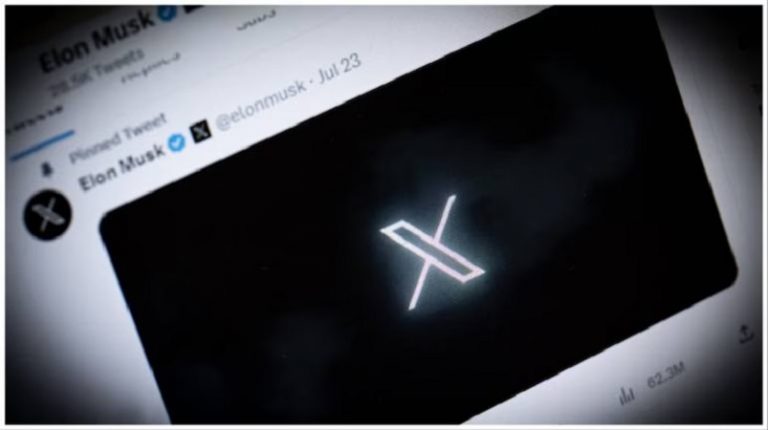In reverse notification, engraved on reputable pages is the renowned blue mark; associated recognition it marks but in discussions and conflicts, it’s arisen, for problems with identity affirmation on Twitter could hardly be more central. Small but visible intensely, transformed into a topic hotly disputed, the simplicity-deceiving symbol has been. Discussions untold, Twitter shapes many conversations; broadcasting swiftly to all, it holds a vital place in online spheres.
The Importance of Verification
A system for confirming real profiles on Twitter was introduced for the problem of recognizing the difference between the real deal and fake ones. Known figures, celebrities, or trusted organizations were shown to own a profile by the little blue mark. Over time, the blue marker turned into a status symbol. A pecking order was formed due to this within the world of Twitter users. It wasn’t long before the confirmation process grew into something quite notable in itself.
The Rise of Controversy
Twitter’s verification program was temporarily paused in 2017. It was said that the process needed changes. The number of requests was growing quickly. The pause was supposed to help sort out real from fake profiles. Nevertheless, debates were started by the decision. People wondered who should and who should not get the verified status.
The Oncoming Storm
The reinstatement of Twitter’s verification program in 2021 marked the beginning of a new chapter, but it was not without its complications. The sheer volume of verification requests overwhelmed the system, and Twitter found itself facing a mounting dilemma. The influx of applications forced the platform to reconsider its criteria for verification, prompting questions about transparency, fairness, and the underlying purpose of the verification process.
The Criteria Conundrum
One of the key issues surrounding Twitter’s Verification Dilemma is the ambiguity of the criteria used to determine who qualifies for the coveted blue checkmark. While the platform claims to prioritize accounts of public interest, the application process lacks clear guidelines, leaving users uncertain about the factors that influence verification decisions. This lack of transparency has fueled frustration and accusations of favoritism.
Public Backlash and Uproar
It was recognized that verification issues were experienced by Twitter, as expressed by users through their tweets. Calls for the entire system to be changed were among the public responses. Criticism ranged widely, including claims of partiality. Users who create content and wield social clout spoke about the possible effects different methods of authentication might have on their online recognition and chances for growth, however.
Twitter’s Response
In response to the mounting pressure, Twitter acknowledged the shortcomings of its verification process and pledged to make improvements. The platform committed to refining the criteria for eligibility, enhancing transparency, and actively seeking user feedback. However, the road to a fair and universally accepted verification system proved to be challenging, with Twitter navigating a delicate balance between accommodating user concerns and maintaining the integrity of the verification process.
The Role of Regulation
As discussions about Twitter’s Verification Dilemma continue, the role of regulation in social media: Embracing a Less Social Future platforms comes into focus. The lack of standardized guidelines for verification raises questions about the need for external oversight to ensure fairness and accountability. Policymakers and regulators are increasingly examining the practices of major social media platforms, with verification becoming a focal point of these inquiries.
Looking Ahead
The Oncoming Storm: Twitter’s Verification Dilemma Unveiled – What You Need to Understand is not just a snapshot of a current issue; it’s a glimpse into the broader challenges facing social media platforms in the digital age. Navigating the storm requires a delicate balance between user expectations, platform policies, and external regulations. As Twitter grapples with the complexities of verification, it serves as a microcosm of the larger conversation about the responsibilities and limitations of social media platforms in shaping online discourse.
Conclusion
Twitter’s Verification Dilemma serves as a compelling case study in the evolving landscape of social media dynamics. The Oncoming Storm: Twitter’s Verification Dilemma Unveiled – What You Need to Understand encapsulates the struggles, controversies, and debates surrounding the coveted blue checkmark. As Twitter strives to weather the storm, the broader implications on social media regulation, transparency, and user trust remain at the forefront of the digital conversation. The onus is on both platforms and regulators to collaborate in establishing a verification system that not only meets the needs of users but also upholds the principles of fairness and accountability.

 Robotics Efficiency: Optimal Object Packing
Robotics Efficiency: Optimal Object Packing  Daron Acemoglu Wins A.SK Social Science Award
Daron Acemoglu Wins A.SK Social Science Award  AI Learning: The Power of Synthetic Imagery
AI Learning: The Power of Synthetic Imagery  Machine Learning’s Role in Perfecting 3D Printing
Machine Learning’s Role in Perfecting 3D Printing  Expert Insights on 2047’s Semiconductor Horizon
Expert Insights on 2047’s Semiconductor Horizon  Desalination’s Triumph Over Batteries
Desalination’s Triumph Over Batteries